Bonsai trees are a unique and artistic sight, but what are they? And what is the significance of each style? Let’s find out together!
1 What is a Bonsai Tree?
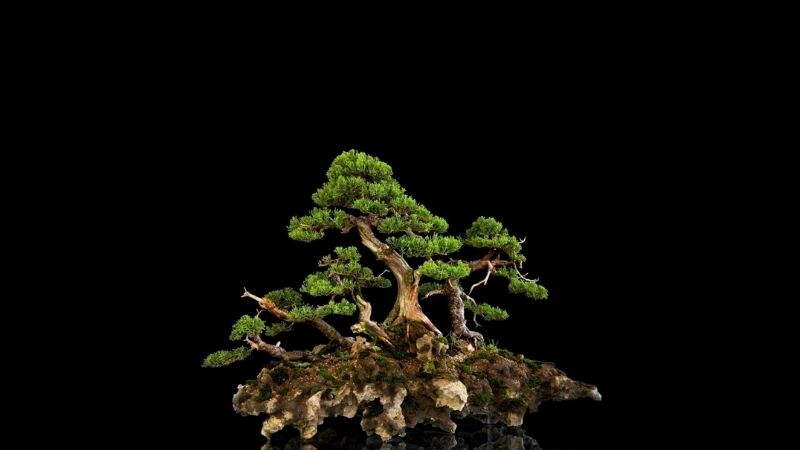 What is a Bonsai Tree?
What is a Bonsai Tree?
Bonsai trees are a unique form of art, combining gardening and sculpture. These trees are grown in pots or trays and carefully pruned and shaped to create a miniature, artistic version of a full-sized tree.
In the hands of a skilled artist, bonsai trees become living sculptures, blending the beauty of nature with artistic expression.
2 The Significance of Different Bonsai Styles
Tam Da Bonsai
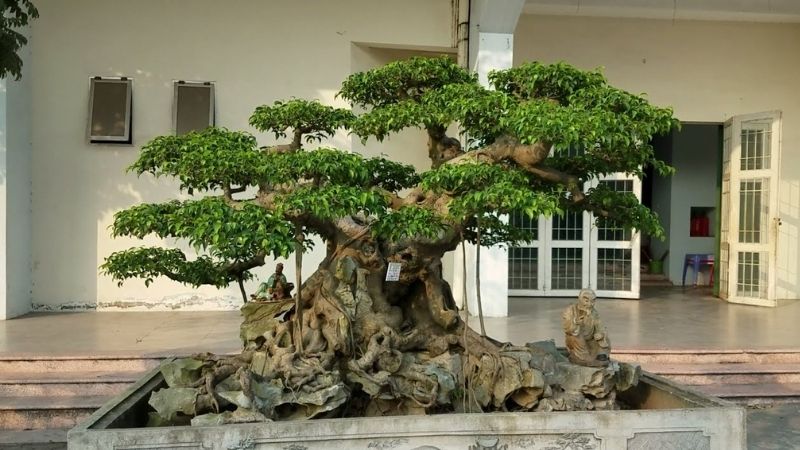 Tam Da Bonsai
Tam Da Bonsai
The Tam Da style features two branches with one peak, or three trunks sharing a single root system. The leaves are carefully trimmed to form a perfect, round shape, symbolizing abundance and prosperity. Today, the branches and peaks are styled more freely, with a natural and flexible curve.
Tam Da also represents “multi-blessings”: multiple children, wealth, and longevity. This style embodies the ancient and modern desire for a blessed life.
Thac Do Bonsai
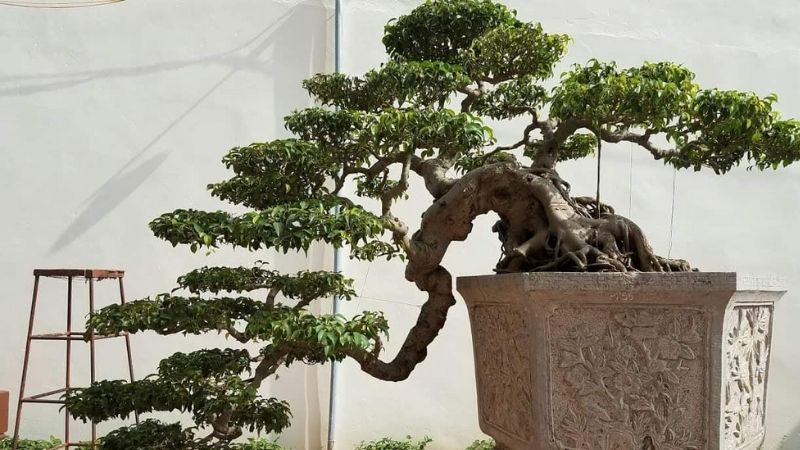 Thac Do Bonsai
Thac Do Bonsai
True to its name, the Thac Do style resembles a mighty waterfall cascading down a mountain. The tree’s trunk lies low across the pot, with the branches spreading downward, evoking the image of a flowing waterfall.
Meaning: The graceful, curved shape of this style symbolizes resilience and the life-giving power of water, conveying a message of perseverance through adversity.
Ngu Phuc Bonsai
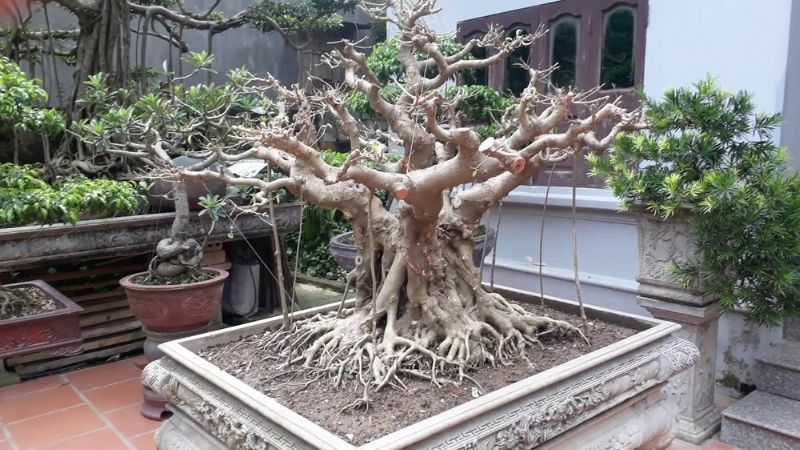 Ngu Phuc Bonsai
Ngu Phuc Bonsai
The Ngu Phuc style features five trees in one pot or tray, representing the elements of a mountain forest. Each tree has its own unique shape, with some standing tall, while others lean or lie down, creating a diverse and captivating landscape. The five trees represent the five elements of Phuc (blessing), Loc (wealth), Tho (longevity), An (peace), and Khang (health).
Meaning: The presence of all five elements in this style is believed to bring blessings, wealth, health, peace, and longevity to the owner’s family.
That Hien Bonsai
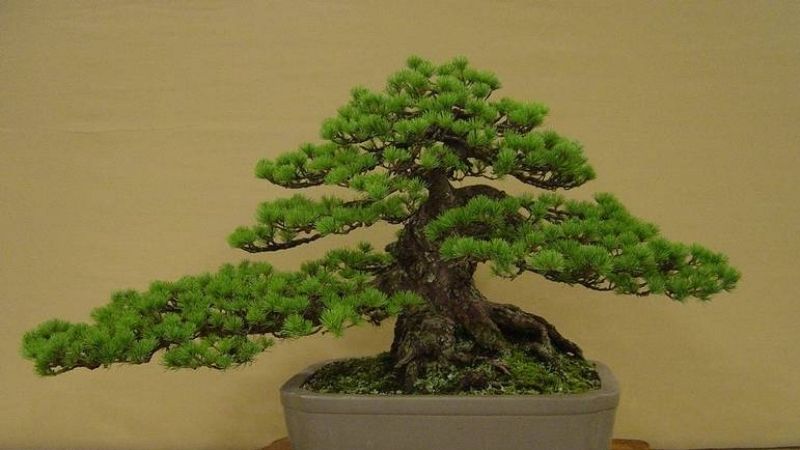 That Hien Bonsai
That Hien Bonsai
The That Hien style features seven branches arranged in a staggered pattern, with the largest branch closest to the root. This style symbolizes the seven wise and carefree sages.
Meaning: This style conveys a message of optimism and detachment from worldly concerns, a life unbothered by fame or fortune.
Dai Truong Phu Bonsai
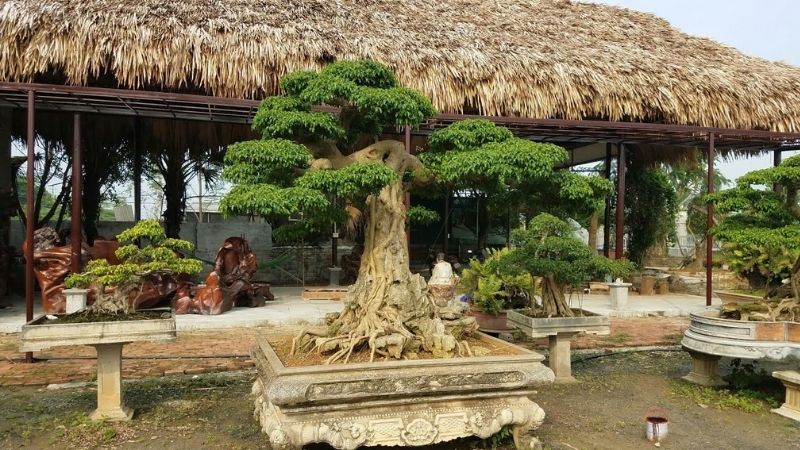 Dai Truong Phu Bonsai
Dai Truong Phu Bonsai
The Dai Truong Phu style is characterized by a strong, upright trunk and vigorous branches and roots. The tree stands tall and proud, symbolizing a heroic and chivalrous figure.
Meaning: This style represents integrity, courage, and a noble spirit. It conveys the image of a virtuous and talented individual who is respected and admired for their willingness to help others.
Song Thu Bonsai
Song Thu Bonsai, or “twin trees,” features two trees with intertwined trunks, symbolizing a close and supportive relationship.
Meaning: This style represents the love and care between family members, spouses, or close friends, conveying a sense of protection and mutual support.
Long Chau Ho Phung Bonsai
 Long Chau Ho Phung Bonsai
Long Chau Ho Phung Bonsai
The Long Chau Ho Phung style is a favorite among bonsai enthusiasts, requiring great skill and attention to detail. The trees are shaped to resemble a dragon and a tiger, with their heads bowed in submission.
Meaning: The dragon and tiger symbolize power, authority, and majesty. This classic style is highly regarded by bonsai connoisseurs.
Dai Lam Moc Bonsai
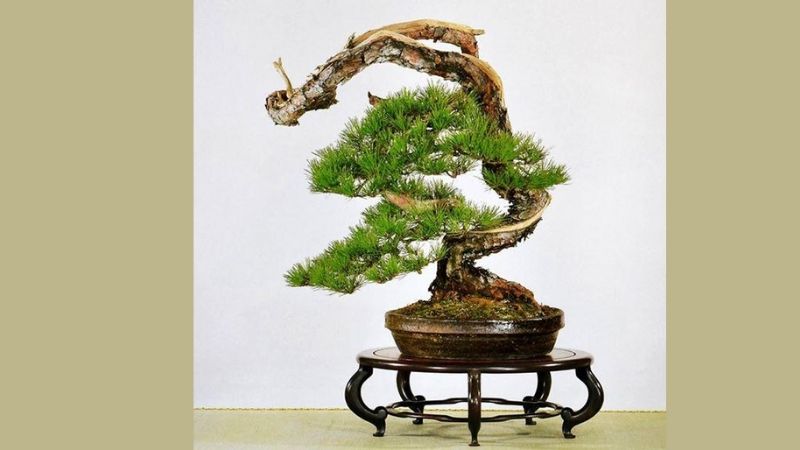 Dai Lam Moc Bonsai
Dai Lam Moc Bonsai
The Dai Lam Moc style mimics a forest, with trees of varying heights and sizes. The trunks are covered in moss, and the base is surrounded by a lush carpet of vegetation, creating a natural and artistic effect.
Meaning: This style represents a long life and a harmonious family, with the diverse trees symbolizing different generations coming together in unity and prosperity.
Bat Phong Bonsai
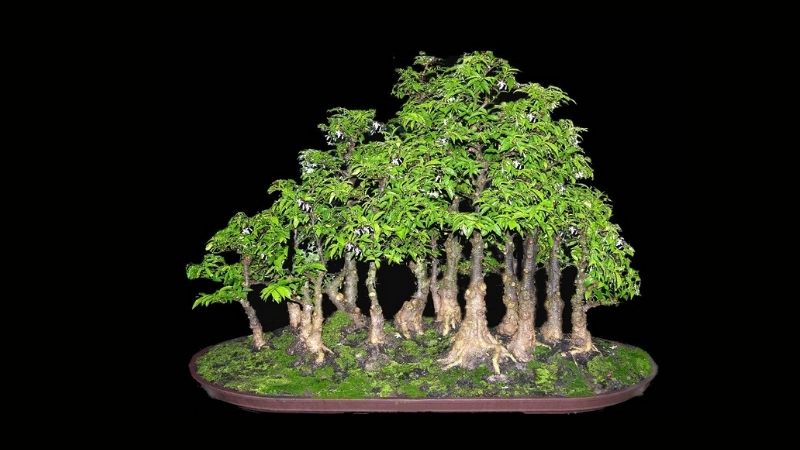 Bat Phong Bonsai
Bat Phong Bonsai
The Bat Phong style is characterized by a curved trunk that arches backward like a crescent moon.
Meaning: This style conveys resilience and strength in the face of adversity, symbolizing the determination to overcome any challenge.
Tien Nu Bonsai
 Tien Nu Bonsai
Tien Nu Bonsai
The Tien Nu style is delicate and graceful, with a slender trunk that curves gently like a fairy’s body.
Meaning: This style embodies ethereal beauty, elegance, and nobility, capturing the admiration of all who behold it.
We hope that this article has provided you with valuable insights into the world of bonsai trees and their profound significance. May you choose the perfect bonsai style to bring beauty and blessings into your life!






























